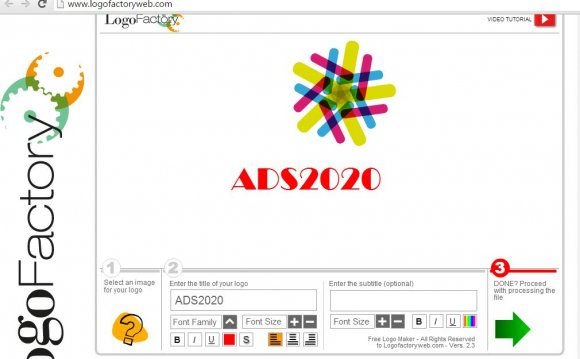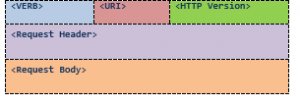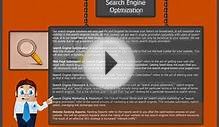
More than a decade after its introduction, REST has become one of the most important technologies for Web applications. Its importance is likely to continue growing quickly as all technologies move towards an API orientation. Every major development language now includes frameworks for building RESTful Web services. As such, it is important for Web developers and architects to have a clear understanding of REST and RESTful services. This tutorial explains REST architecturally, then dives into the details of using it for common API-based tasks.
While REST stands for Representational State Transfer, which is an architectural style for networked hypermedia applications, it is primarily used to build Web services that are lightweight, maintainable, and scalable. A service based on REST is called a RESTful service. REST is not dependent on any protocol, but almost every RESTful service uses HTTP as its underlying protocol. In this article, I examine the creation of RESTful services with HTTP.
Features of a RESTful Services
Every system uses resources. These resources can be pictures, video files, Web pages, business information, or anything that can be represented in a computer-based system. The purpose of a service is to provide a window to its clients so that they can access these resources. Service architects and developers want this service to be easy to implement, maintainable, extensible, and scalable. A RESTful design promises that and more. In general, RESTful services should have following properties and features, which I'll describe in detail:
- Representations
- Messages
- URIs
- Uniform interface
- Stateless
- Links between resources
- Caching
Representations
The focus of a RESTful service is on resources and how to provide access to these resources. A resource can easily be thought of as an object as in OOP. A resource can consist of other resources. While designing a system, the first thing to do is identify the resources and determine how they are related to each other. This is similar to the first step of designing a database: Identify entities and relations.
Once we have identified our resources, the next thing we need is to find a way to represent these resources in our system. You can use any format for representing the resources, as REST does not put a restriction on the format of a representation.
For example, depending on your requirement, you can decide to use JSON or XML. If you are building Web services that will be used by Web pages for AJAX calls, then JSON is a good choice. XML can be used to represent more complex resources. For example a resource called "Person" can be represented as:
Listing One: JSON representation of a resource.
{ "ID": "1", "Name": "M Vaqqas", "Country": "India" }
Listing Two: XML representation of a resource.
1 M Vaqqas India
In fact, you can use more than one format and decide which one to use for a response depending on the type of client or some request parameters. Whichever format you use, a good representation should have some obvious qualities:
- Both client and server should be able to comprehend this format of representation.
- A representation should be able to completely represent a resource. If there is a need to partially represent a resource, then you should think about breaking this resource into child resources. Dividing big resources into smaller ones also allows you to transfer a smaller representation. Smaller representations mean less time required to create and transfer them, which means faster services.
- The representation should be capable of linking resources to each other. This can be done by placing the URI or unique ID of the related resource in a representation (more on this in the coming sections).
Messages
The client and service talk to each other via messages. Clients send a request to the server, and the server replies with a response. Apart from the actual data, these messages also contain some metadata about the message. It is important to have some background about the HTTP 1.1 request and response formats for designing RESTful Web services.
HTTP Request
An HTTP request has the format shown in Figure 1:
 Figure 1: HTTP request format.
Figure 1: HTTP request format.
is one of the HTTP methods like GET, PUT, POST, DELETE, OPTIONS, etc
is the URI of the resource on which the operation is going to be performed
is the version of HTTP, generally "HTTP v1.1" .
contains the metadata as a collection of key-value pairs of headers and their values. These settings contain information about the message and its sender like client type, the formats client supports, format type of the message body, cache settings for the response, and a lot more information.
YOU MIGHT ALSO LIKE










